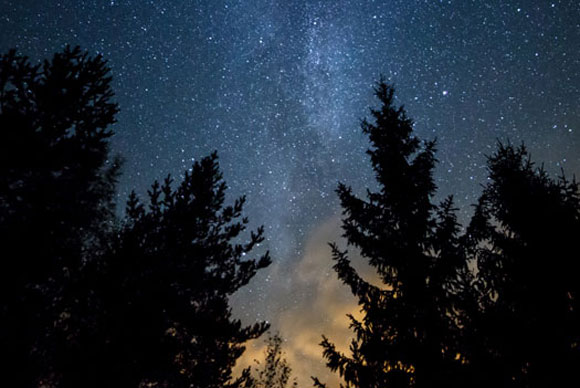Dark Skies
 The Colorado Plateau and adjoining areas of the American Southwest have some of the most pristine, clear, and accessible skies in the developed world. However, the growing proliferation and use of blue-rich and poorly-filtered LED outdoor lighting threatens our abilities to view night skies for scientific, recreational, and cultural purposes — and disrupts important circadian rhythms of humans and other organisms.
The Colorado Plateau and adjoining areas of the American Southwest have some of the most pristine, clear, and accessible skies in the developed world. However, the growing proliferation and use of blue-rich and poorly-filtered LED outdoor lighting threatens our abilities to view night skies for scientific, recreational, and cultural purposes — and disrupts important circadian rhythms of humans and other organisms.
In an effort to confront this problem, the Keystone Policy Center partnered with the Lowell Observatory and the City of Flagstaff in August 2014 to host a summit on this issue. More than 160 stakeholders attended the summit, including community planners, highway engineers and transportation planners, professional and amateur astronomers, lighting designers and manufacturers, federal and state land managers, and dark skies advocates.
The summit — which explored the importance of dark skies protection from scientific, public health, and economic perspectives; the effects of night glow on astronomical research; outdoor lighting principles and best practices; lighting design and public safety; lighting policy and codes that protect dark skies; and emerging lighting technologies that minimize impacts on night sky resources — yielded a report, ““Dark Skies and Emerging Technologies,” [PDF] that charted a path forward and future opportunities for dialogue.










